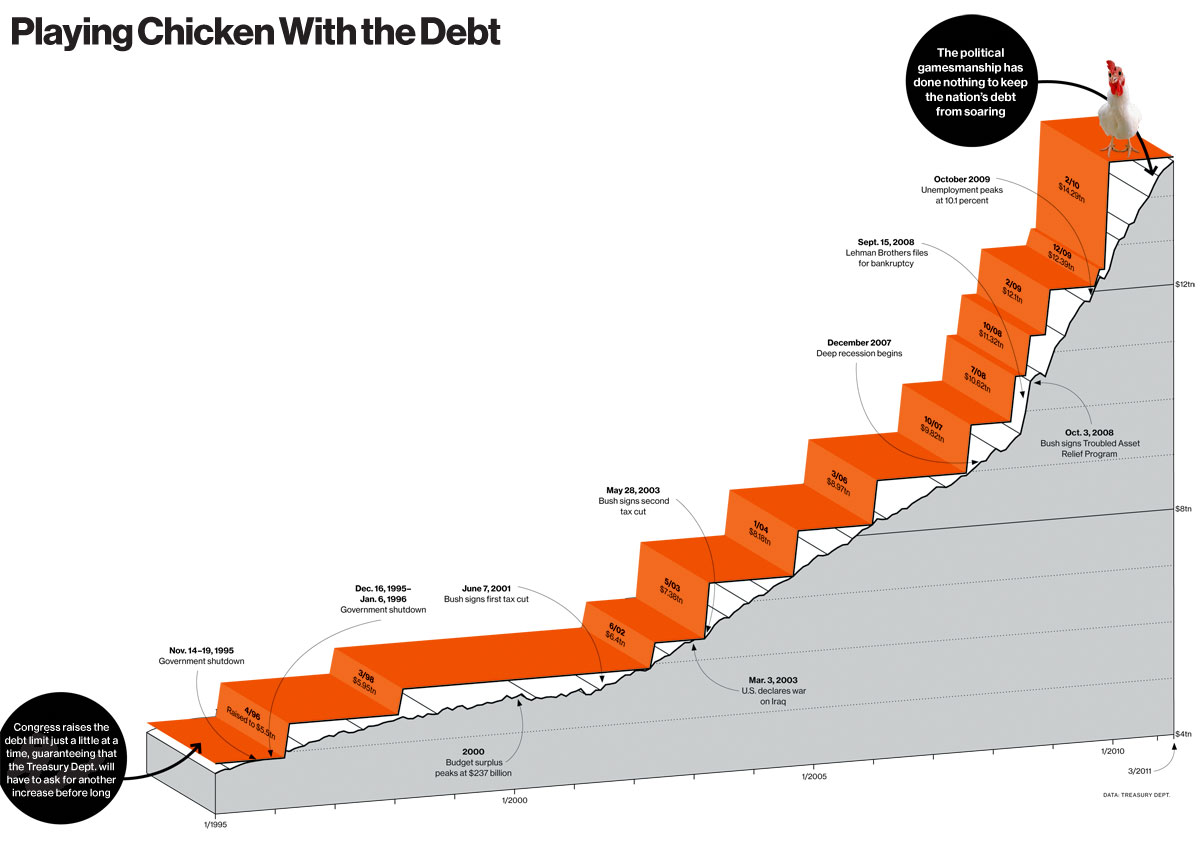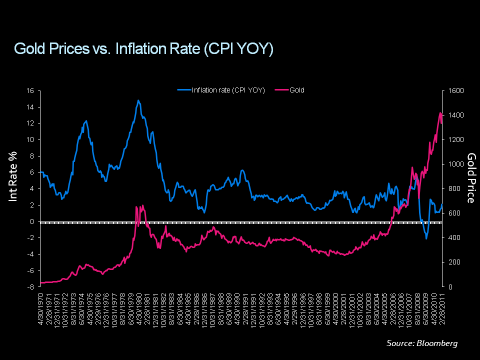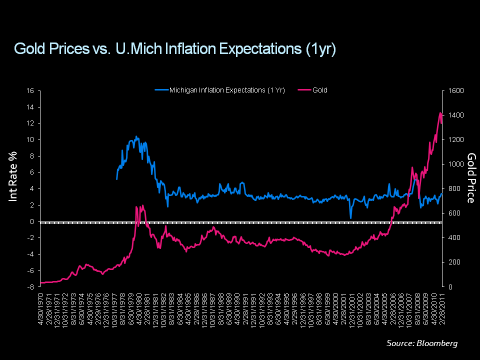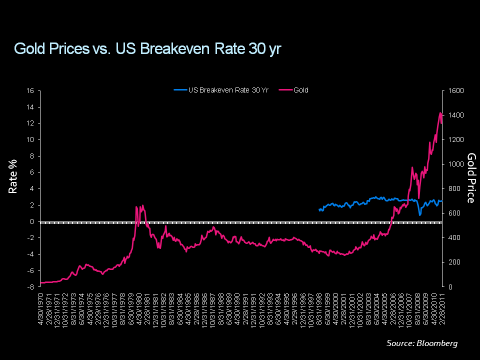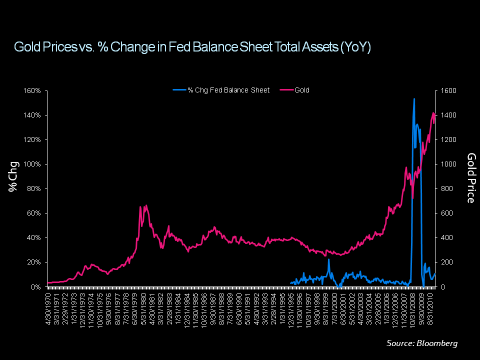By Noel Randewich and Edwin Chan
Strong results from a clutch of technology heavyweights, led by top global chip maker Intel Corp and "cloud computing" specialist VMware Inc, may give the battered U.S. tech sector a boost.
International Business Machines Corp also blew past Wall Street targets, raising its profit forecast and citing strong sales of mainframe computers and brisk business in emerging markets.
Those results set a brighter tone for a bedraggled tech sector than recent analysis might have suggested. Still to report are heavyweights, from Cisco Systems Inc and Apple Inc to Hewlett-Packard Co.
Concerns that the growing popularity of Apple's iPad is hurting personal computer sales, as well as the disruption to the global supply chain from Japan's earthquake, had walloped bellwether tech stocks in recent weeks.
"Expectations for this quarter -- despite the fact there were no pronouncements -- were low. There were concerns about semiconductor inventories, the decline in PC shipments or the competition from the iPad on PC shipments," said Tim Ghriskey, chief investment officer at Solaris Asset Management.
"The (stock index) futures are pointing to a stronger opening and that is really as a result of the strong earnings primarily from technology companies we saw after the close," he said.
Fund managers have sold down sector bellwethers since Japan's March 11 disaster, fearing worse-than-expected damage to margins as they battle to secure critical components from a country that supplies 14 percent of the world's electronics.
But with Intel's revenue forecasts for this quarter shattering expectations and defying fears of a slowdown in global PC sales, relieved investors piled back into the chipmaker's shares and other possibly oversold stocks.
Though some say the PC market looks better after Intel's report, the jury is still out on its longer term prospects. And Intel remains far behind Britain's ARM Holdings in designing mobile processors.
"Everybody, including myself, was overly pessimistic in the near term," said Roth Capital Partners analyst Arnab Chanda. "But the issues are still not resolved unless they tell us, 'Hey, we got four design wins on Tier 1 (high profile) handsets.'"
VMware, which specializes in helping corporations set up virtual computer hardware and software networks, also surprised Wall Street with evidence of a surge in corporations upgrading equipment as they emerged from recession.
VMware surged 10 percent and Intel climbed 4 percent. But IBM held steady as some investors had hoped for IBM to raise its full-year forecasts even more than they did.
SHOPPING FOR BARGAINS
On Tuesday, Intel said third-party forecasters -- such as Gartner -- might have failed to take emerging markets' astonishing growth into account. Other analysts said the gradual shift of manufacturing toward less-visible China from Taiwan and Japan might have clouded the picture somewhat.
Concerns that iPad tablets are squeezing sales of PCs have hung over Intel. Computer sales in the first quarter fell for the first time since 2009 as the iPad attracted buyers in droves and Japan focused on recovering from the earthquake and tsunami, according to research firm Gartner.
Intel's stock has shed about 12 percent of its value since the first iPad hit store shelves in April last year, while the Standard & Poor's 500 Index has gained 11 percent. With its shares trading at about 9.5 times expected annual earnings, some analysts say Intel has become a bargain despite its problems.
"I still think (Intel's) shares look undervalued," said Ralph Shive, portfolio manager for the $1.7 billion Indiana-based Wasatch-1st Watch Income Equity Fund.
"Everyone was saying that their margins couldn't hold up, that they don't have enough exposure to tablets, but the sales look strong and they're talking about filling in some of the product holes they have."
VMware, one of the leading companies in the shift toward so-called cloud computing, or online access to data and computing power, beat Wall Street earnings estimates for the first quarter and indicated its margins would grow this year.
Shares of VMware, which vies with Microsoft Corp and Oracle Corp in the fast-growing field of computer virtualization, doubled in value last year, but came down to earth 3 months ago as VMware said it would focus on internal investments in 2011.
Some argue that major players such as Dell Inc, Cisco and Hewlett-Packard present attractive bargains despite uncertainty about how much the sector will be affected by Japan over the next few months.
Intel, HP, Dell and Microsoft had traded around 10 times forward earnings versus the market's 13.5 average. All have underperformed the market in past weeks.
Even Apple -- hurt by a rebalancing of the Nasdaq 100 and fears of supply hiccups for components like memory chips and touchscreen glass -- now trades at 13 times forward earnings.
Analysts say the Cupertino, California, company -- which reports earnings on Wednesday -- remains a bargain despite gaining about 37 percent over the past 12 months. Apple has the highest projected earnings growth among major tech stocks yet is still valued lower than Google Inc.
See the original article >>






